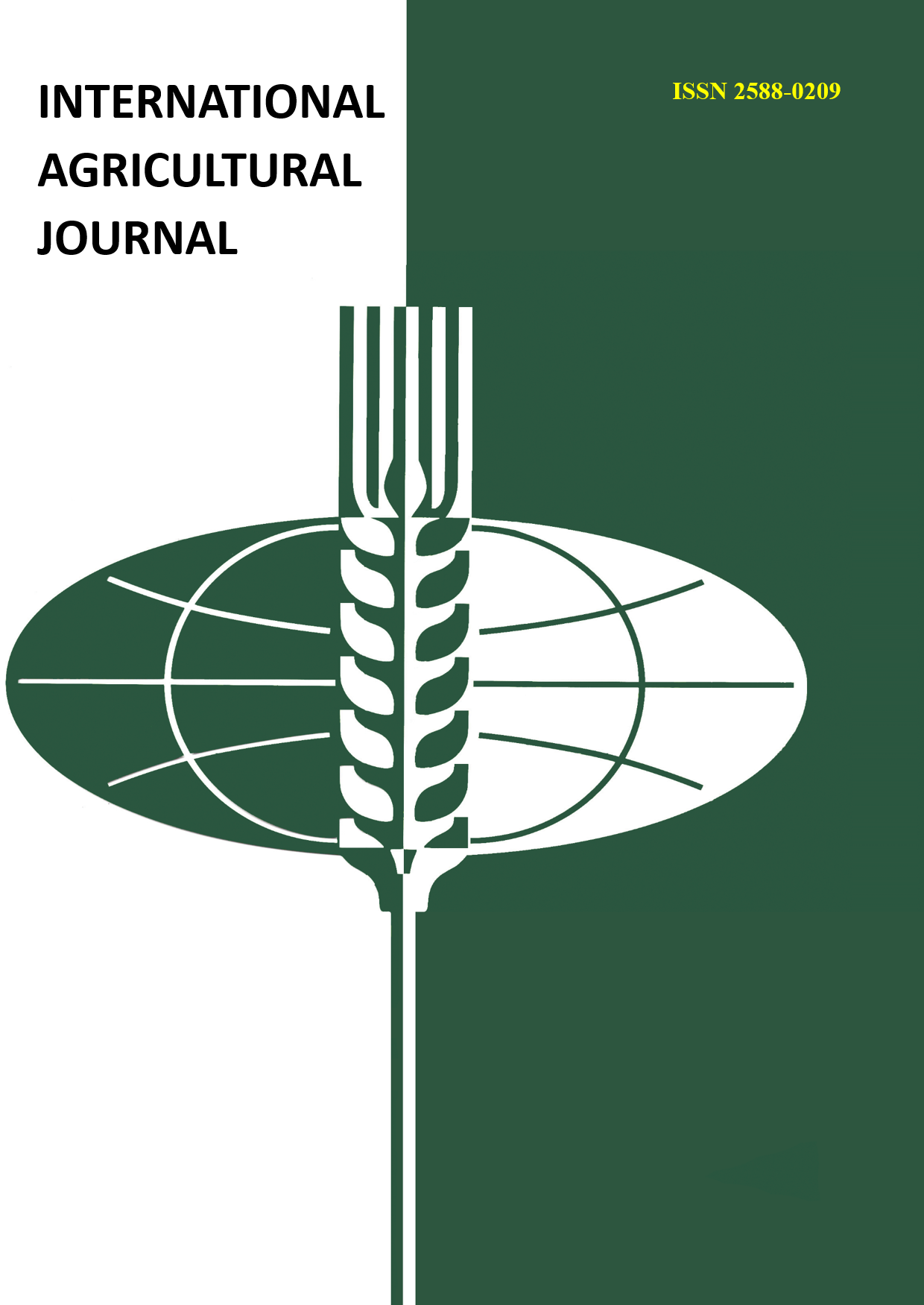Russian Federation
Fire blight caused by the pathogen Erwinia amylovora is one of the most serious bacterial diseases of fruit trees. The disease causes great damage not only to the crop of that year, but also to the plant itself. After favorable weather conditions, the yield during flowering is greatly reduced, in some cases it even ends completely. This reduction in fruit yield significantly affects the next year's yield. In susceptible host plants, the infection spreads through the tree so rapidly that once the tree becomes infected with the disease, it cannot be saved even with effective and immediate interventions. Shortly after the first sign of infection appears, the bikti can die completely. Managing the disease is a very difficult process. The application of chemicals during the fight against the disease is not very effective. In addition, application of chemical substances causes disturbance of the ecological balance, residual damage in the plant and environment, and formation of isolates resistant to pesticides. In this regard, in recent years, more priority has been given to biological control in the management of the disease. The study of Erwinia amylovora (Burr.) Winslow et al., which was found in pear (Pyrus communis) plant in the western region of Azerbaijan and caused fire blight disease. aimed to determine the level of sensitivity of isolates to copper sulfate and streptomycin.
bakterial'nyy ozhog, Erwinia amylovora, mednyy kuporos, streptomicin, chuvstvitel'nost'














